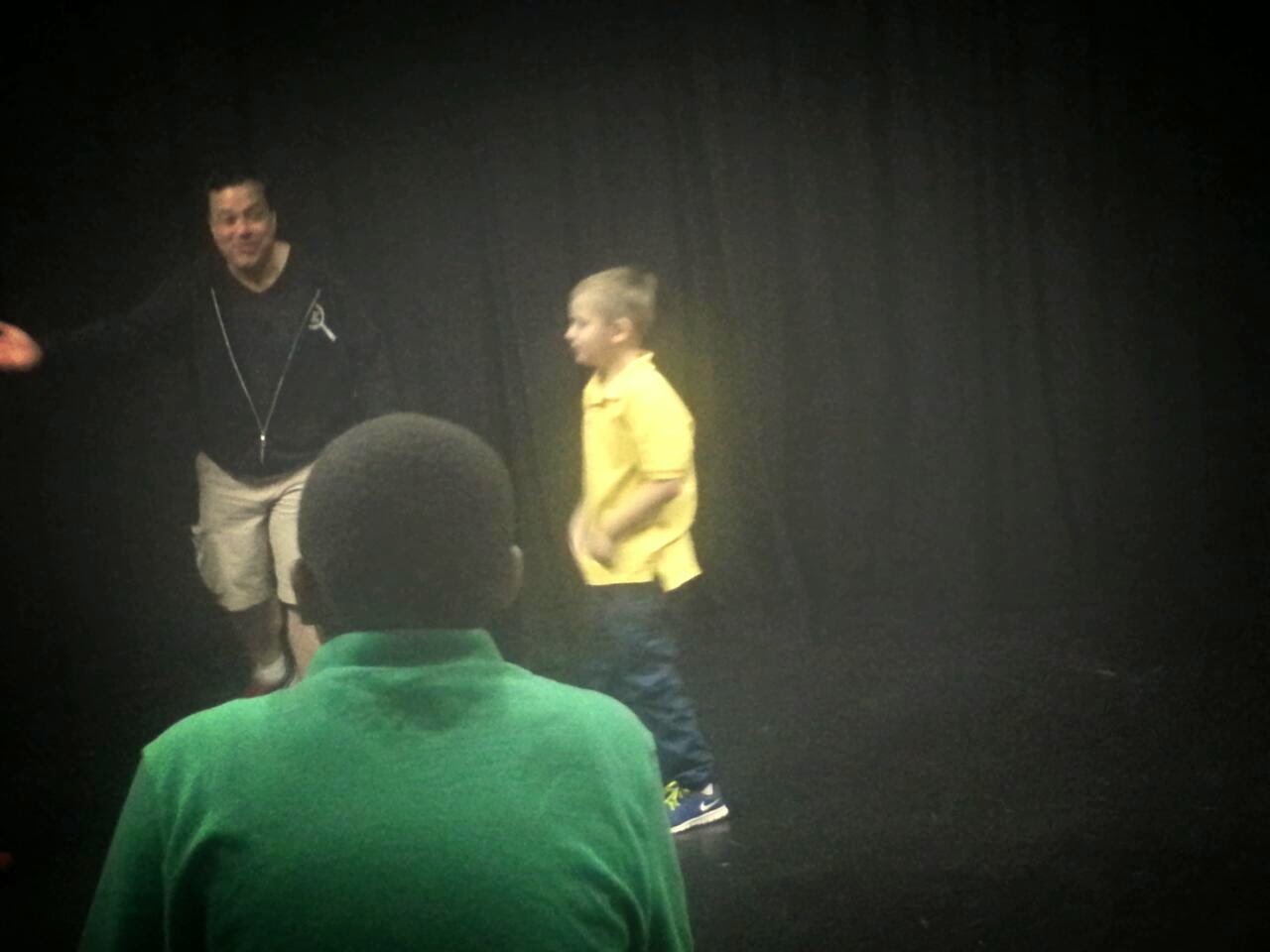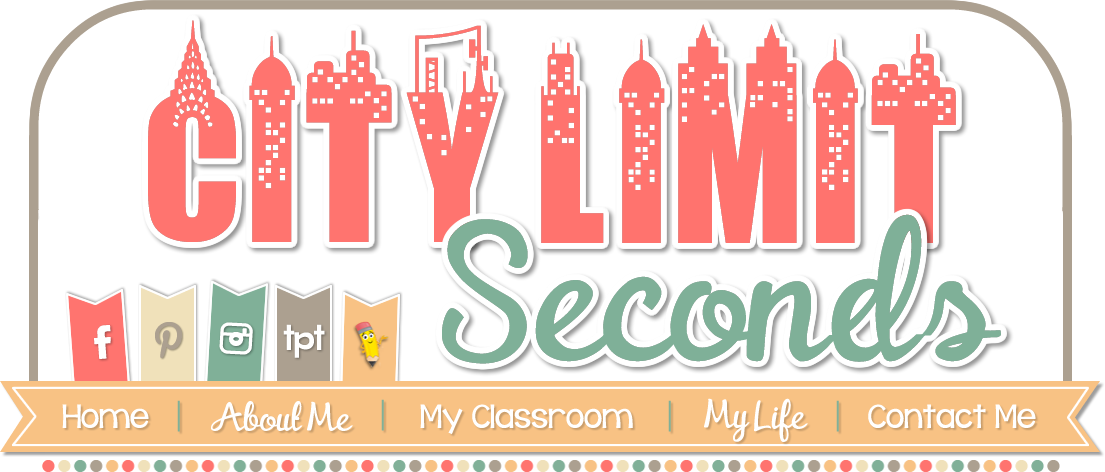Anyone who knows me well enough
knows how much I LOVE teaching science in my classroom! We have been
discussing life cycles in our classroom {frogs, butterflies, bees, sharks, and
chicks}.When I got the go ahead from my principal last fall, I could hardly
wait for spring to come. I think this is my favorite activity this year.
Thankfully I have a very accommodating
principal who encourages me to include science through my teaching! Originally,
I was going to hatch chicks in my classroom. During a recent building move, a
former principal of mine discovered extra incubators. We were able to have an
incubator for each grade level {Kindergarten, First, Second}.
On my farm, we have 22 laying hens
so I gathered eggs {with the help of my wonderful husband!} for 2 days and
brought in eggs for all 3 grade levels. Since my classroom had eggs laid on 2
different days, we marked them with stars and flowers to keep them straight.
On the first day we watched a
YouTube video on what was developing inside the egg each day. {Click HERE to WATCH} This 3-D video was an amazing way to show the
students what is happening inside the egg each day.
We tracked the progress each day on
chart paper.
Day 1- tissue develops
Day 2- heart forms and begins
to beat
Day 3- blood vessels develop
Day 4- limb develops (wings,
legs) brain and eye develop
Day 5- elbow and knee develop
Day 6- digits form (beak)
Day 7- beak continues to
develop, egg tooth and comb develop
Day 8- feathers develop and feather
tracts
Day 9- mouth opening
Day 10- claws begin to
develop
Day 11- tail feathers begin
to develop
Day 12- scales begin to
appear on legs (shank) and feet
Day 13- eyelids are now
visible
Day 14- head turns to the
large end of the egg for the air pocket
Day 15- gut draws into the
abdomen
Day 16- feathers begin to cover
the body of the chick
Day 17- head begins to tuck
between the legs
Day 18- (IMPORTANT DAY: We stop
turning the eggs!) embryo fills space, yolk sac is absorbed
Day 19- yolk sac draws into the
abdomen
Day 20- internal and external
pip
Day 21- hatching begins
We purchase the majority of our
supplies from Tractor Supply but of course they can be found elsewhere. These
are the supplies we used in my room to hatch chicks:
**We had success using a desk lamp
with a 60 watt bulb and covering a fish tank with aluminum foil in lieu of a
heat lamp.**
We read many different books on the
life cycle. Many have beautiful photographs of the stages for the students to
see. We read this book in class. {Affiliate link Click HERE}
The students completed a writing
project on what happens during the stages of the chick life cycle. They wrote a
generalization about the beginning, middle, and end. I left the choice of facts
up to each individual student. We added the chick popping out of the shell as a
creative touch and they are proudly on display in the hallway.
The students also learned about the
parts of the egg while it is developing. I created a diagram that was hanging
to use as an anchor chart during the process. I also created a diagram of the
adult hen as another anchor chart.
We had SO MUCH FUN during
this entire process. I think this will be one of those activities the students
will remember for years to come. Many students will never be able to have such
a hands-on approach to a life cycle from start to finish. There are so many
different projects and activities that can be used with this project and best
of all it meets CCS for life cycles in 2nd grade! WIN WIN!! We are still waiting for a few more to hatch but so far in 3 grade levels we have 11 chicks!!
What life cycles do you talk about
in your classroom? I'd love to hear!!














































